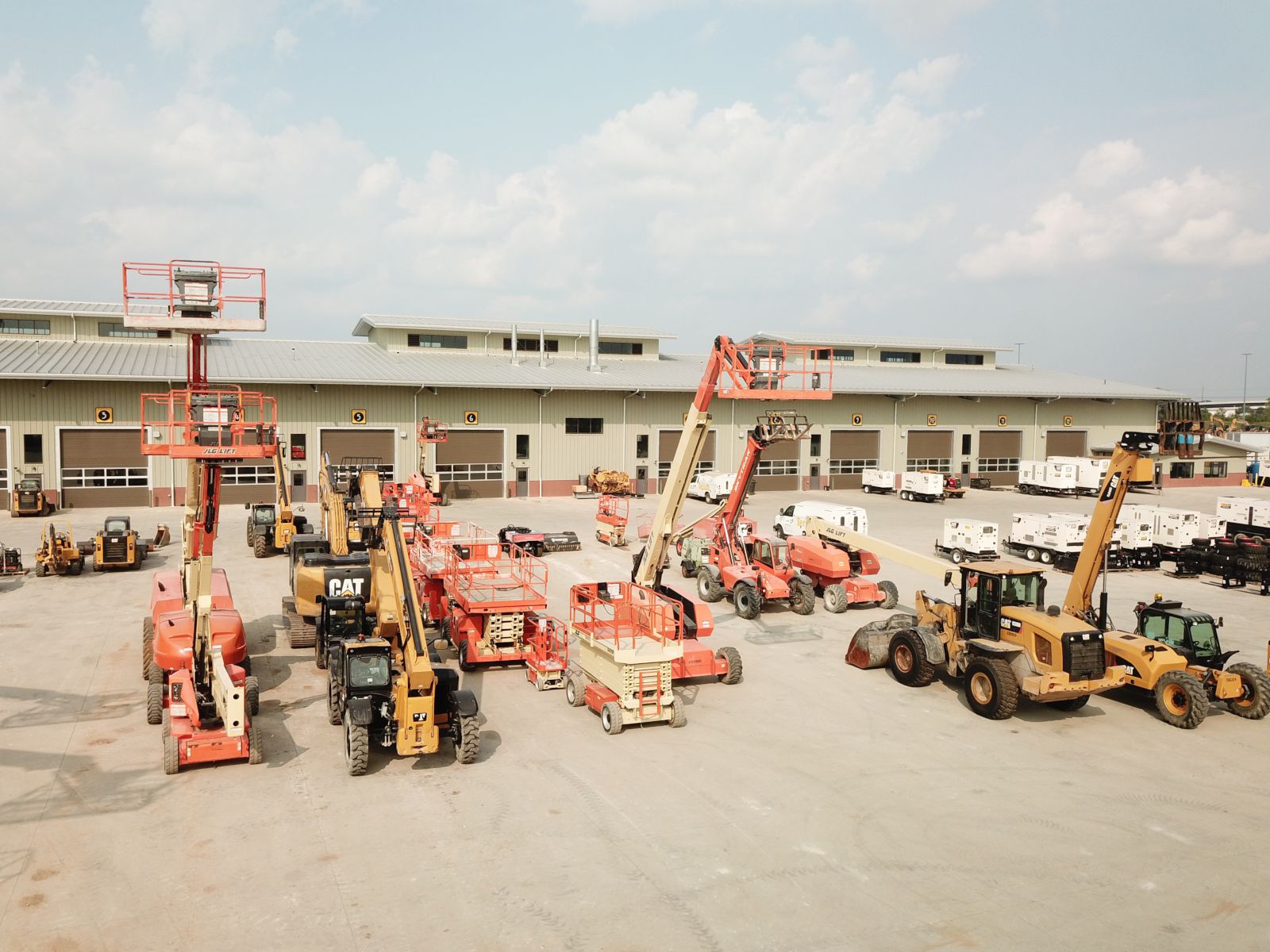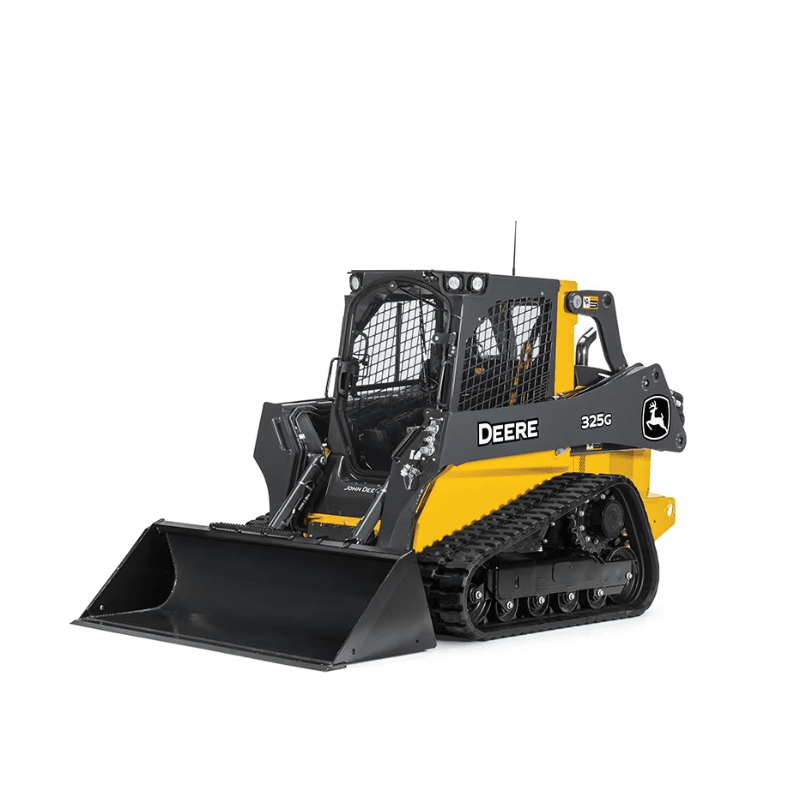Aerial Lift Rental: Versatile Training Solutions for High-Access Jobs
Aerial Lift Rental: Versatile Training Solutions for High-Access Jobs
Blog Article
Maximize Your Budget Plan by Comprehending the Costs Connected With Building And Construction Equipment Leasings
Recognizing the complete extent of expenses linked with construction devices services is critical for maximizing your budget plan. What methods can be employed to effectively take care of these prices and ensure a much more reliable rental experience?
Introduction of Rental Prices
When taking into consideration building and construction tools leasings, comprehending the linked expenses is extremely important for reliable budgeting and job planning. Rental prices can differ significantly based upon a number of factors, including tools type, duration of rental, and location. The initial rental charge commonly mirrors the tools's market demand and its connected operational capacities, influencing the general cost.
Along with the base rental price, supplementary costs might develop, such as transport costs, fuel additional charges, and upkeep charges. It is vital to make up these extra expenses to accurately analyze the overall expense of renting out devices. The rental duration can influence prices; longer rentals may certify for discounted rates, while temporary leasings could incur higher day-to-day charges.

Break Down of Rental Rates
A detailed understanding of rental rates is vital for contractors and job managers intending to maximize their budgets. Rental rates for building devices typically contain several components, consisting of base prices, time-based costs, and use costs.
Base rates are the core fees linked with the service of the equipment, often determined by the type and dimension of the machinery. These prices can vary considerably, affected by factors such as devices need, availability, and local market trends. Time-based fees, which might be daily, weekly, or monthly, serve to suit various job timelines and rental durations.
Additionally, rental rates may include usage fees, which are applicable when devices is used beyond a defined threshold, making certain that the rental company can represent wear and tear. Seasonal need variations can likewise influence rental rates, with peak construction seasons usually regulating greater rates.
In addition, understanding the rental business's plans pertaining to upkeep and insurance policy can give more understanding into the overall price structure. By evaluating these components, service providers can make informed choices, ensuring the choice of rental tools straightens with both project requirements and spending plan restraints.
Additional Charges to Take Into Consideration
Understanding the details of additional fees is crucial for service providers to manage their total service expenditures effectively. Beyond the common rental rates, numerous additional fees can considerably affect the total cost of equipment leasing. These fees typically consist of distribution and pickup costs, which can vary based on range and logistics associated with carrying the devices to and from the work site.
Moreover, some rental companies may enforce gas surcharges if the equipment is returned with much less fuel than when leased. It is additionally vital to know prospective cleaning fees, specifically for specific devices that requires site link thorough maintenance after usage.

Completely examining the rental agreement and clearing up these additional costs ahead of time can assist service providers prevent unexpected prices and make certain that budgets continue to be intact throughout the project lifecycle.
Repair And Maintenance Expenditures
Regular repair and maintenance costs are often neglected factors that can substantially influence the general cost of building devices leasings. When renting out equipment, it is vital to consider not just the rental costs however likewise the potential expenses linked with keeping the equipment in optimum operating problem.
Numerous rental firms consist of fundamental upkeep as component of the rental arrangement; nonetheless, much more unexpected malfunctions or substantial repair work can result in added expenditures. It's necessary to examine the rental contract carefully to understand what upkeep solutions are covered and what responsibilities drop on the renter.
Furthermore, tools that is not properly maintained can result in inadequacies on the task site, possibly increasing and causing delays task prices. To alleviate these risks, it is recommended to perform normal evaluations and maintain open interaction with the rental supplier regarding any issues that occur throughout usage.
Insurance Coverage and Obligation Costs
Insurance and responsibility prices are crucial elements that can significantly affect the general expense of construction equipment rentals (scissor lift rental). These prices make sure that both the rental company and the client are safeguarded from possible financial losses arising from mishaps, damage, or sites burglary throughout the rental period

Furthermore, clients must recognize any kind of deductibles or exemptions in the insurance coverage, as these can influence potential out-of-pocket costs. Understanding the terms of any insurance coverage is crucial to avoid unexpected expenses. Ultimately, budgeting for insurance coverage and responsibility costs can help make certain a smoother rental experience and shield versus economic risks connected with building jobs.
Conclusion
Finally, a comprehensive understanding of the costs connected with building tools leasings is important for effective budget plan management. By analyzing rental prices, added charges, maintenance costs, and insurance policy requirements, people and organizations can lessen unforeseen expenditures. This strategic technique not just enhances cost-effectiveness however additionally makes certain that jobs progress efficiently and successfully. Inevitably, educated decision-making pertaining to tools rentals adds to the overall success of building and construction endeavors.
Rental expenses can vary substantially based on numerous elements, including equipment type, duration of rental, and location (construction equipment rentals). The rental period can affect prices; longer leasings may qualify for reduced prices, while temporary leasings might incur higher everyday fees
By conducting complete study and engaging with respectable rental firms, professionals can effectively browse the complexities of rental prices, inevitably optimizing their economic sources.
Past the conventional rental prices, various supplementary costs can considerably impact the total expense of tools rental. Rental companies commonly offer responsibility insurance that covers injuries to 3rd parties or damages to residential or commercial property, while tools damages insurance coverage can cover the price of repair services or replacement if the leased equipment is damaged.
Report this page